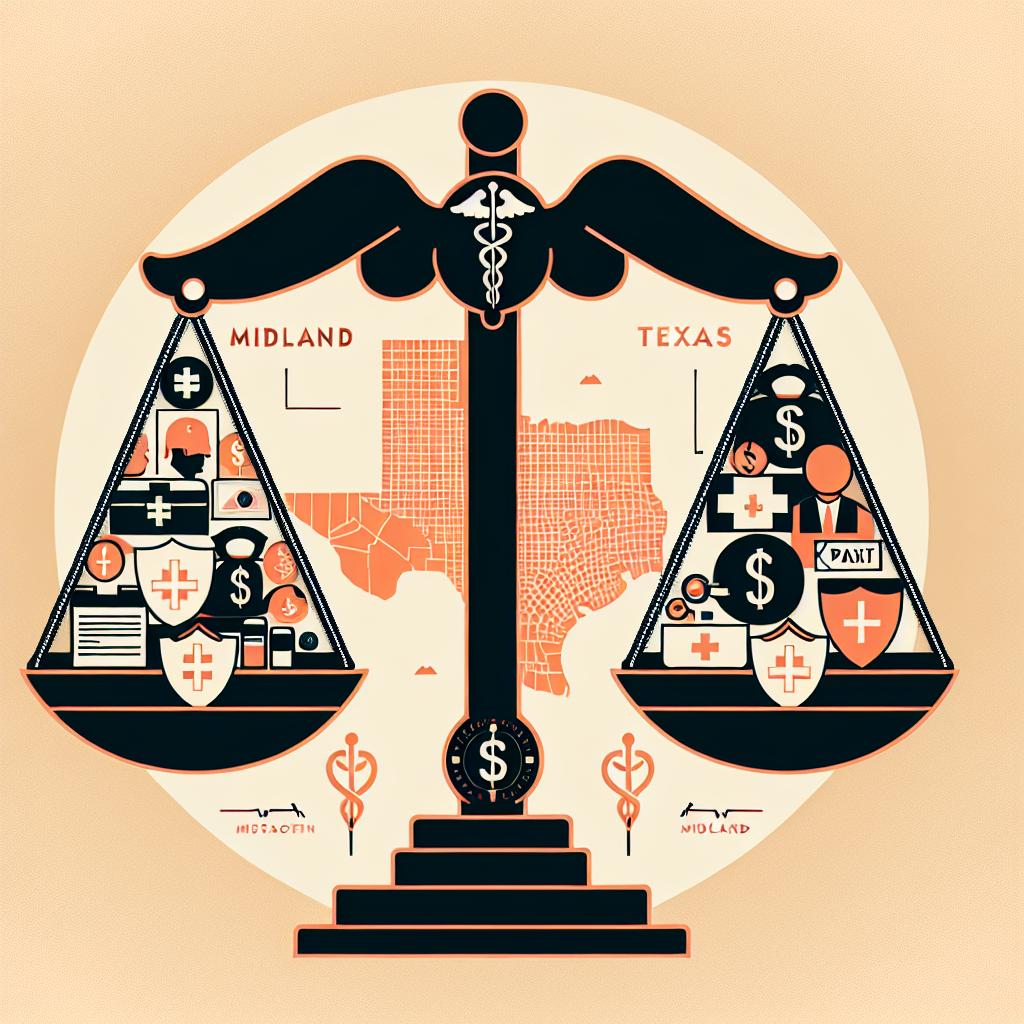Filed under Health Insurance on
Designing Effective Health Insurance Business Cards

Your health insurance business card is more than just a piece of paper. It acts as a microcosm of your professional brand, offering the first impression of you and your services to potential clients. A well-designed health insurance business card not only provides essential contact information but also conveys professionalism, trustworthiness, and attention to detail—all crucial qualities for anyone in the insurance field.
Understanding the Importance of Health Insurance Business Cards
An impactful health insurance business card can set you apart in a competitive market. They are not only tools for communication but also vehicles for brand reinforcement. According to a study published in the Journal of Business Research, a well-designed business card can significantly influence how a recipient perceives your capability and reliability.
- First Impressions Matter: In the insurance industry, trust is paramount. A thoughtfully designed business card can help convey credibility and prompt a potential client to choose you over a competitor.
- Branding and Marketing: Your business card should reflect your brand’s overall identity. This includes using cohesive color schemes, logos, and fonts that align with your other marketing materials.
- Networking Opportunities: Whether exchanged at a conference, seminar, or chance meeting, a memorable business card can ensure contacts remember you and your services long after the initial encounter.
Key Elements of Effective Health Insurance Business Cards
Designing an effective health insurance business card boils down to combining aesthetic appeal with functional elements. Here’s what you should consider:
Strategic Use of Information
- Essential Contact Details: Include your name, job title, company name, phone number, email address, and physical address if applicable. Make sure the information is easy to read and without clutter.
- Website and Social Media: Adding your website can drive traffic and serve as an avenue for potential clients to learn more about your offerings. Including professional social media handles like LinkedIn can open broader communication channels.
Design and Branding
- Logo Placement: A professionally designed logo should be prominently featured, emphasizing your brand identity.
- Color Palette: Stick to colors that are associated with the health insurance industry, such as blues for trust, greens for health, and white for cleanliness. This aligns with the industry trend and aids in reinforcing your brand attributes.
- Typography: Use clear, easy-to-read fonts. Experts suggest sans-serif fonts like Arial or Helvetica for a modern and professional look.
Trends and Innovations in Health Insurance Business Card Design
The world of business card design is continuously evolving. Keeping up with the latest trends ensures your card remains relevant and engaging:
Minimalist Designs
In recent years, minimalism has become a dominant trend in business card design. Simple layouts with ample white space not only make the card look clean and modern but also focus attention on the most crucial elements. This minimalist approach is especially effective for health insurance business cards, highlighting professionalism and clarity.
Interactive Elements
Innovative designs now incorporate QR codes or augmented reality features, providing an interactive experience for card recipients. A QR code can lead to your website or a landing page with more detailed information about your services, offering an opportunity to engage potential clients more deeply.
Eco-Friendly Materials
As sustainability becomes increasingly important in business practices, health insurance professionals are opting for eco-friendly business card materials. Options include recycled paper or even digital business cards, reducing waste and conveying environmental responsibility—a growing concern among consumers.
Expert Opinions on Designing Effective Health Insurance Business Cards
According to design expert Jessica Walsh, "A business card is your best opportunity to make a memorable impression. In the health insurance industry, it's a tool of reassurance in your professional toolkit." Her advice underscores the significance of aligning your business card design with the core values of trust and dependability—a sentiment echoed by many in the industry.
Additionally, marketing strategist Tom Peters emphasizes the connection between a well-designed business card and perceived professionalism. "Often, a business card is what sets the stage for initial interactions… it’s a reflection of who you are in your client’s eyes." Peters urges health insurance professionals to invest time and resources into crafting cards that are visually distinctive and information-rich.
Practical Steps for Creating a Memorable Health Insurance Business Card
To ensure your health insurance business card achieves its intended impact, follow these practical steps:
- Choose a Professional Designer: Hiring a graphic designer with experience in business card creation can help ensure your card is professionally polished.
- Select High-Quality Material: Investing in good-quality paper or card stock can make your business card feel substantial and premium.
- Proofread Thoroughly: Double-check for typos or inaccuracies in contact information, which can undermine your credibility.
- Test Design Iterations: Create several design versions and obtain feedback from colleagues or industry professionals to determine the most effective option.
With these structured steps, you'll be better positioned to produce health insurance business cards that not only represent your services effectively but also leave a lasting impression on potential clients.
Conclusion
Your health insurance business card is a vital element in your marketing toolkit. Through careful design, strategic use of information, and adherence to current trends, your business card can significantly influence how potential clients perceive you. Invest the time, seek professional help if necessary, and ensure that your business card doesn’t just communicate your contact information but also embodies the trust and professionalism that clients expect from a top-tier health insurance provider.





